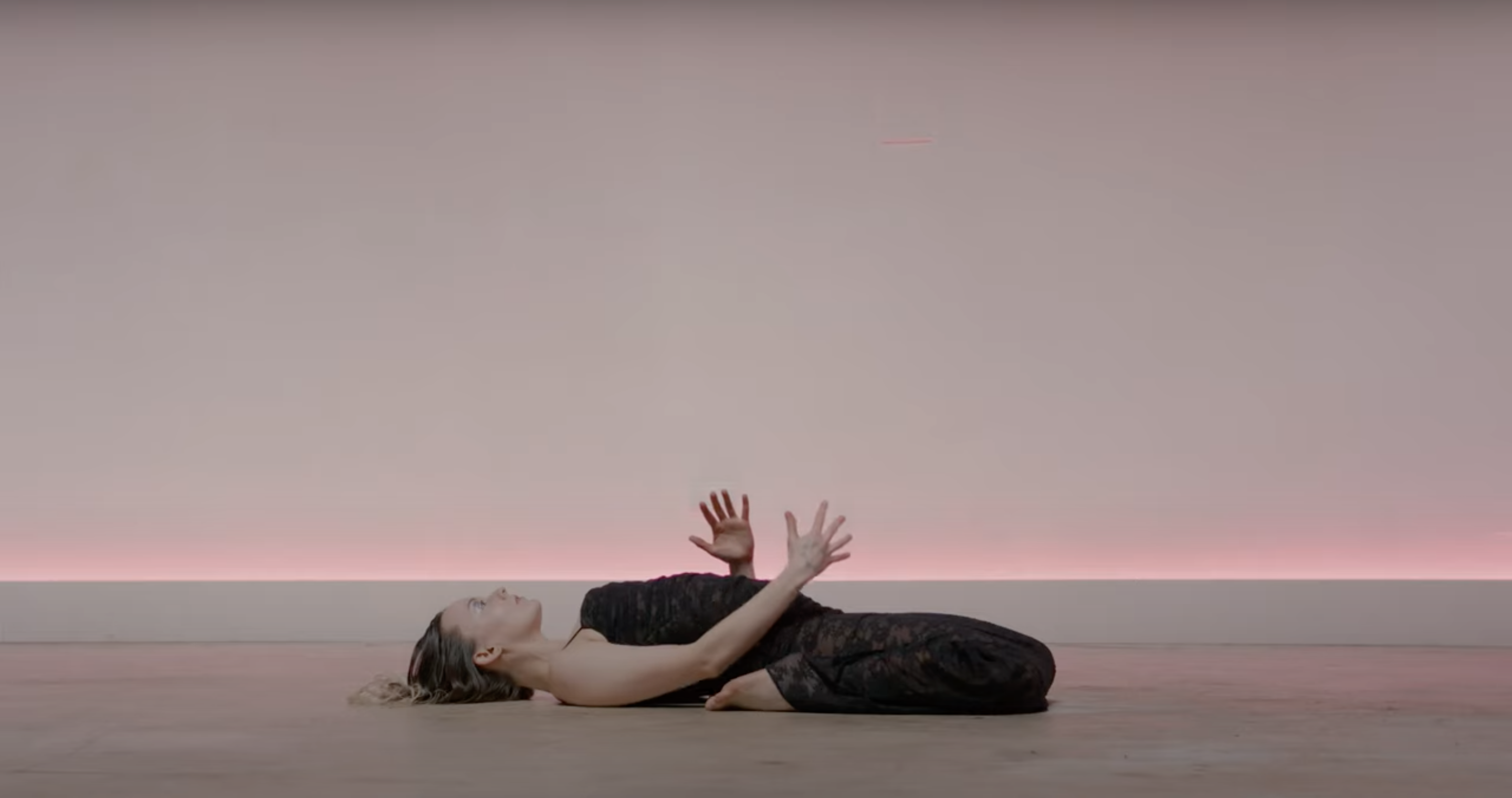Dancer Gianna Gi shares the moments that define her movements.
Feb 3, 2025
ShareAs part of our Home of Expression campaign, we commissioned 12 inspiring creatives who live, work and play in White City to create unique works that speak to the dynamic energy of the area. Here we spoke to dancer and HQI resident Gianna Gi to uncover how her performance piece came to be.
Born in New Zealand, Gianna grew up in Australia and settled in London some 10 years ago – choosing the city for its expansive dance opportunities and settling in West London’s Ladbroke Grove and rooting her practice at HQI studios in White City. Trained in traditional dance styles when she was a child, she discovered street dance as a teenager, later incorporating learnings from meditation and yoga into her practice. Gianna views her movement as a reflection of her personal development, evolving over time yet rooted in study of those who came before.
Partnering with Columbian cinematographer Luciana Rizzo and her assistant and focus puller Joana Magalhães, the artist created a striking 30-second dance film in response to the Television Centre’s history and inherent energy of self-expression. Her unique work, Into Out, is a fluid depiction of all things circular and emerging: the act of birth; the duality of existing at the outer edges or in full focus; the physicality of Television Centre with its sweeping rotundas; self-expression itself, drawing you within to project outside of yourself.
A former finalist in the Just Debut competition in London, the biggest street dance competition in the world, Gianna has worked with musician FKA Twigs and choreographer Aaron Sillis – as well as performing at Television Centre in the BBC Studios on Graham Norton, performing both for Little Mix and for Kiana Settle in a preview of The Greatest Showman. She continues to develop her art from her studio at HQI.
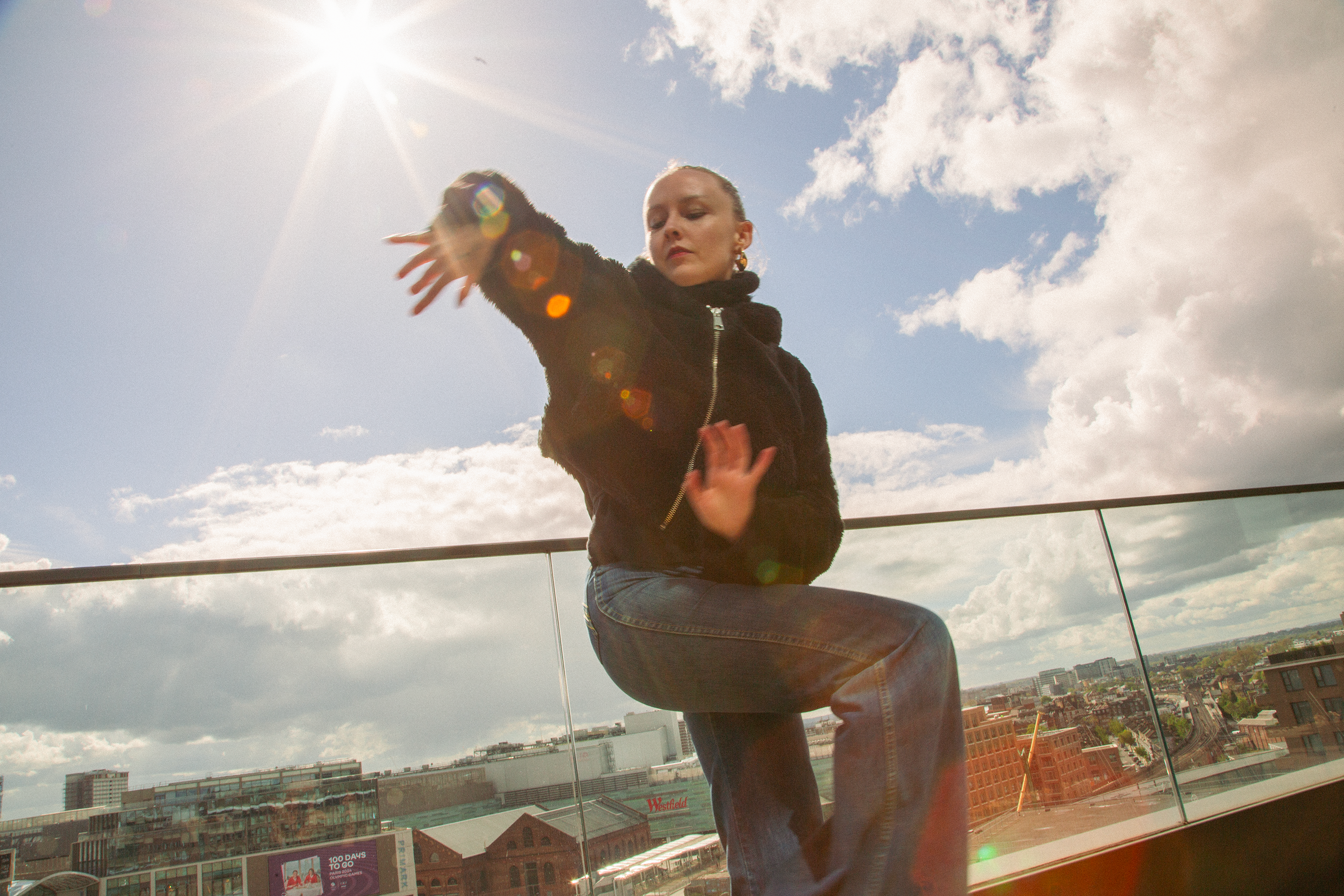
“Self-expression is not just witnessed in a gallery or studio, but in all the personal moments and choices we make.”
What drew you to West London?
“A mentor of mine had always been in this part of London (he worked at his father’s store on Portobello Market in the Eighties) and fate had it that I began to know the area through frequent visits to see him. Discovering the flat and its surroundings became perfect timing for a prosperous time in my life. Television Centre and the areas around it felt like home.”
How does the area shape your work and life today?
“You walk out your door here and you feel very inspired. There are architectural icons like the Trellick Tower. There’s the rich history of the Caribbean community and the music there. Then you mix that with places like Westfield or Holland Park. They feel opposing or diverse but somehow, they work well together. So many kinds of people and all these cultural influences.
“I go to Television Centre regularly to visit HQI. It’s a haven, an artist charity run by Muz Azar. It’s very special here. You can work independently on your art but there’s a strong community of talent here – many of whom studied at Imperial, too – who can learn, inspire and help you through your own work.”
What does “expression” mean to you?
“As an art form, dance is very unique in its utilisation of athleticism, skill and the necessary knowledge of the science of the body. It’s very visceral, it’s a feeling but also so visual and expressive.
“Self-expression is not just witnessed in a gallery or studio, but in all the personal moments and choices we make. It’s a lot more subtle and more present than we think. It’s connected to our home, surroundings and collaborators, in the places where we should be able to be more authentic.
“I’ve learnt that you have to take the time to understand yourself, so that you can be authentic in your expression, and study those that came before you. It takes both.”
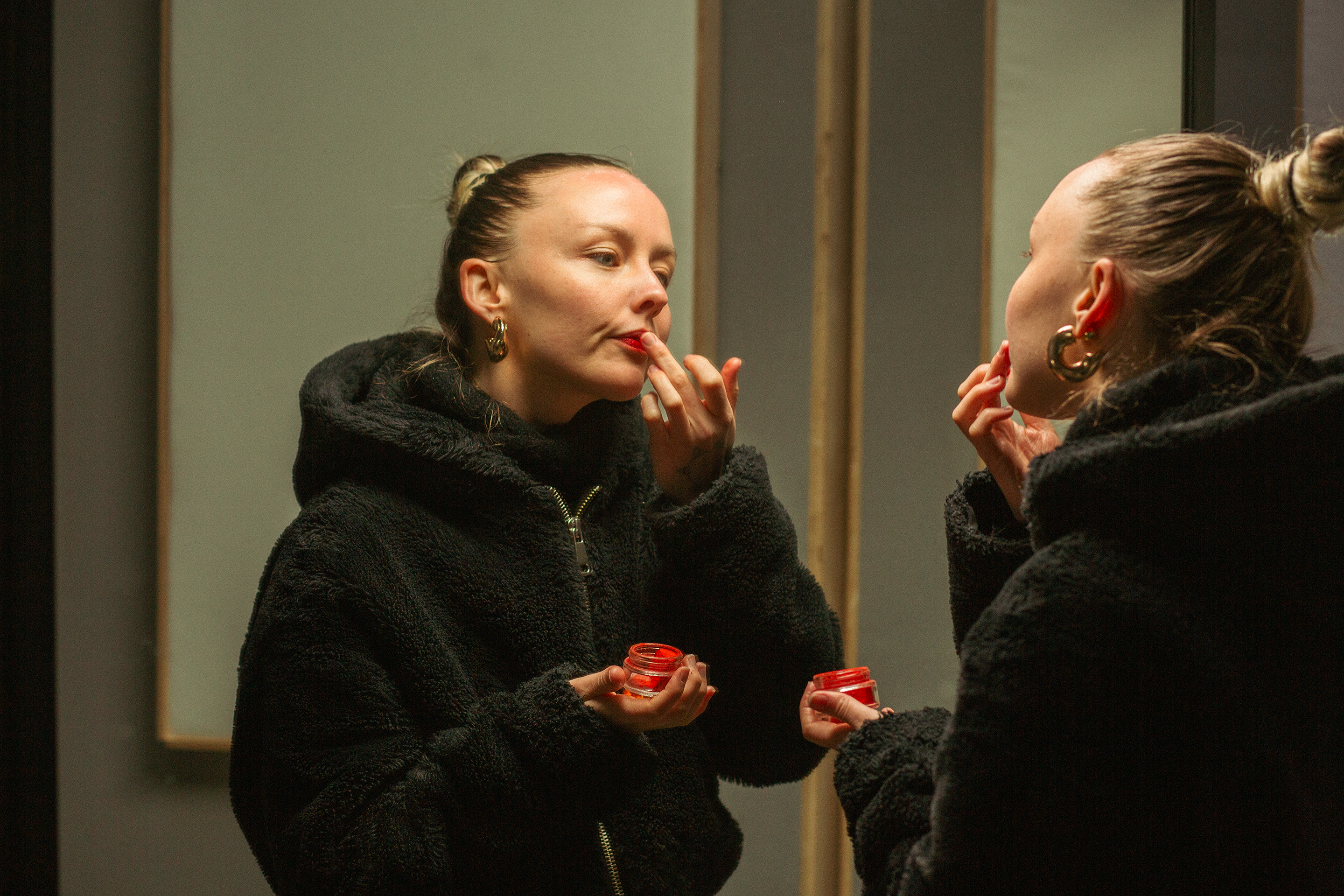
“Home creates a central point that we can adventure from and return to. ”
How did the concept of a circle come to be the focal point of your piece?
“The circle is important in dance. In street dance we have what’s called a cypher. It’s a circle made of dancers where each takes their turn to move into the centre and perform a freestyle dance. It creates a unique environment, where dancers both express their own movement and respond to the energy of the other dancers. It’s pure flow, pure expression and there’s so much excitement, energy and potential.
“I have always liked HQI for its unique character, particularly its upstairs studio called the Rotunda. A strange rocket ship, world headquarters and mystery temple built with a circle as its base. Still upholding a globe atop its structure (another circle). It once declared “from the BBC to the world”, and now it’s from us to the world. The Royal Albert Hall, Stonehenge, the Coliseum and the Pantheon, the Taj Mahal, the Hagia Sophia, the O2 arena, the Television Centre, all feature circles.
“Circles are unique in that there is nowhere to hide. No angles, no sharp corners, no blind spots. Everyone on the circumference can see everyone else, likewise if you are in the middle. It is equal, fair, transparent. In the circle the energy goes out to in, and back again. Cue the idea for my idea and title for this short film.
“Home does this – creates a central point that we can adventure from and return to. Where we can express ourselves outwardly and then learn more about ourselves having returned. Like a boat tied to an anchor, or a heart from which the blood circulates from and returns to.”
@earth2gianna_
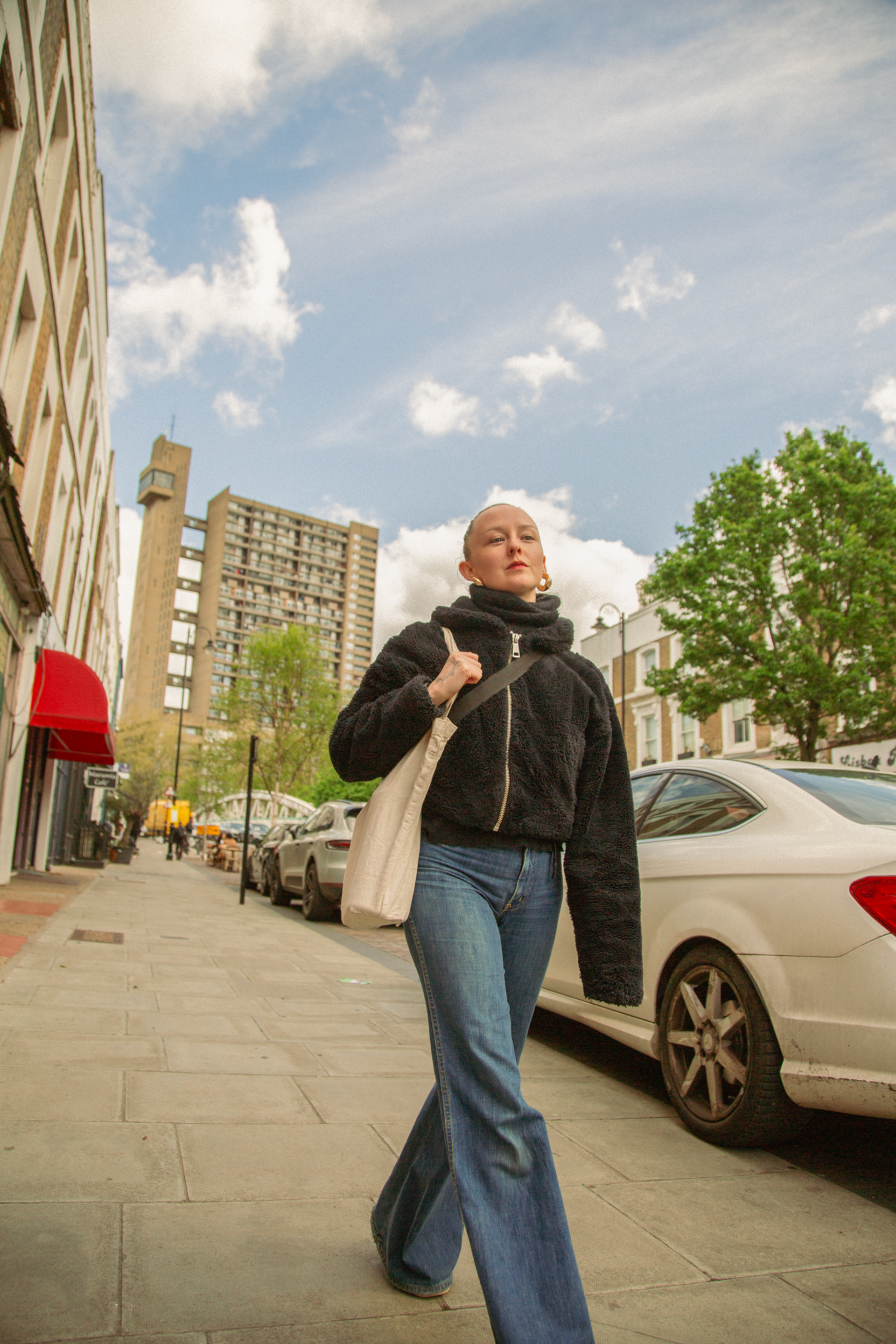
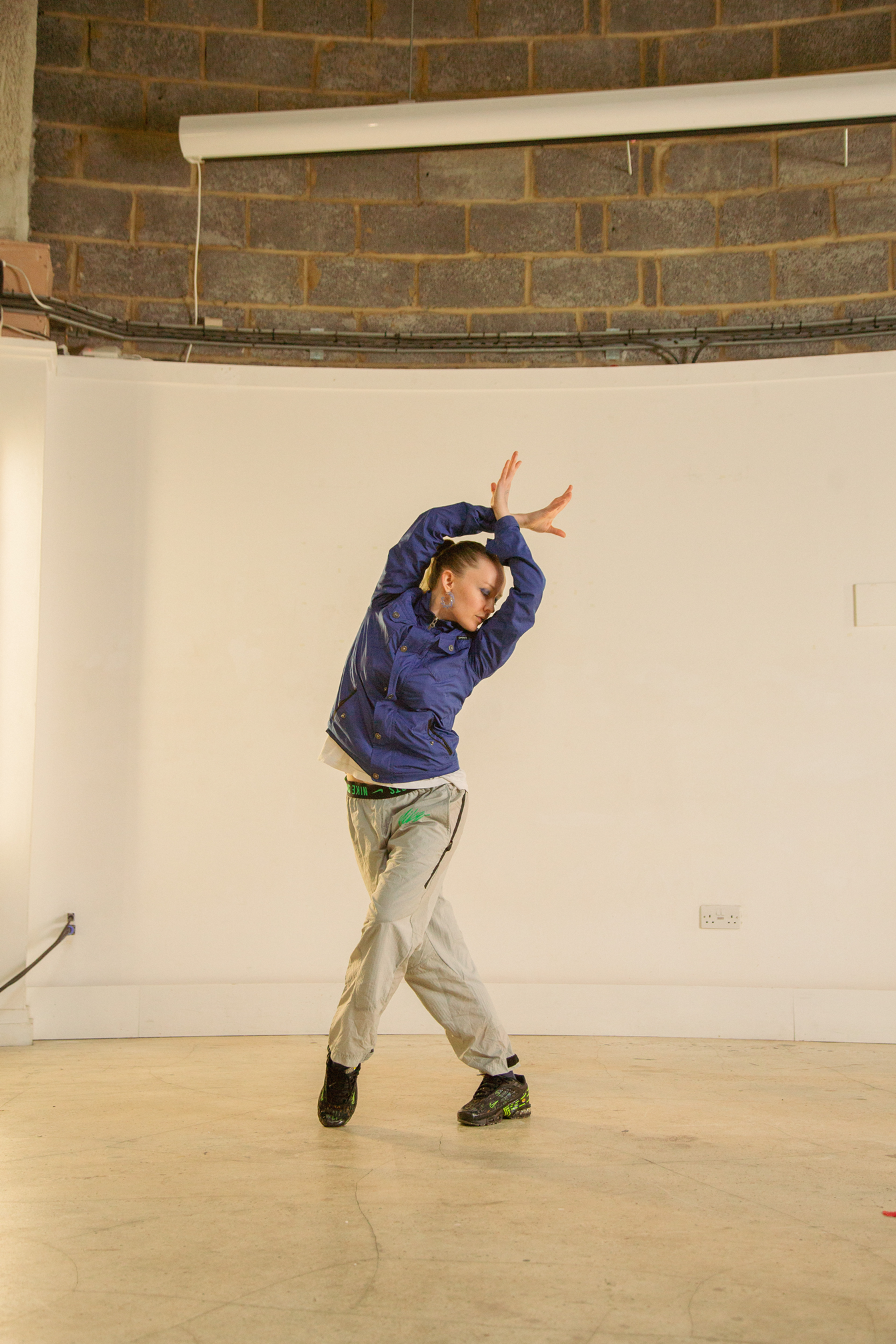
Next
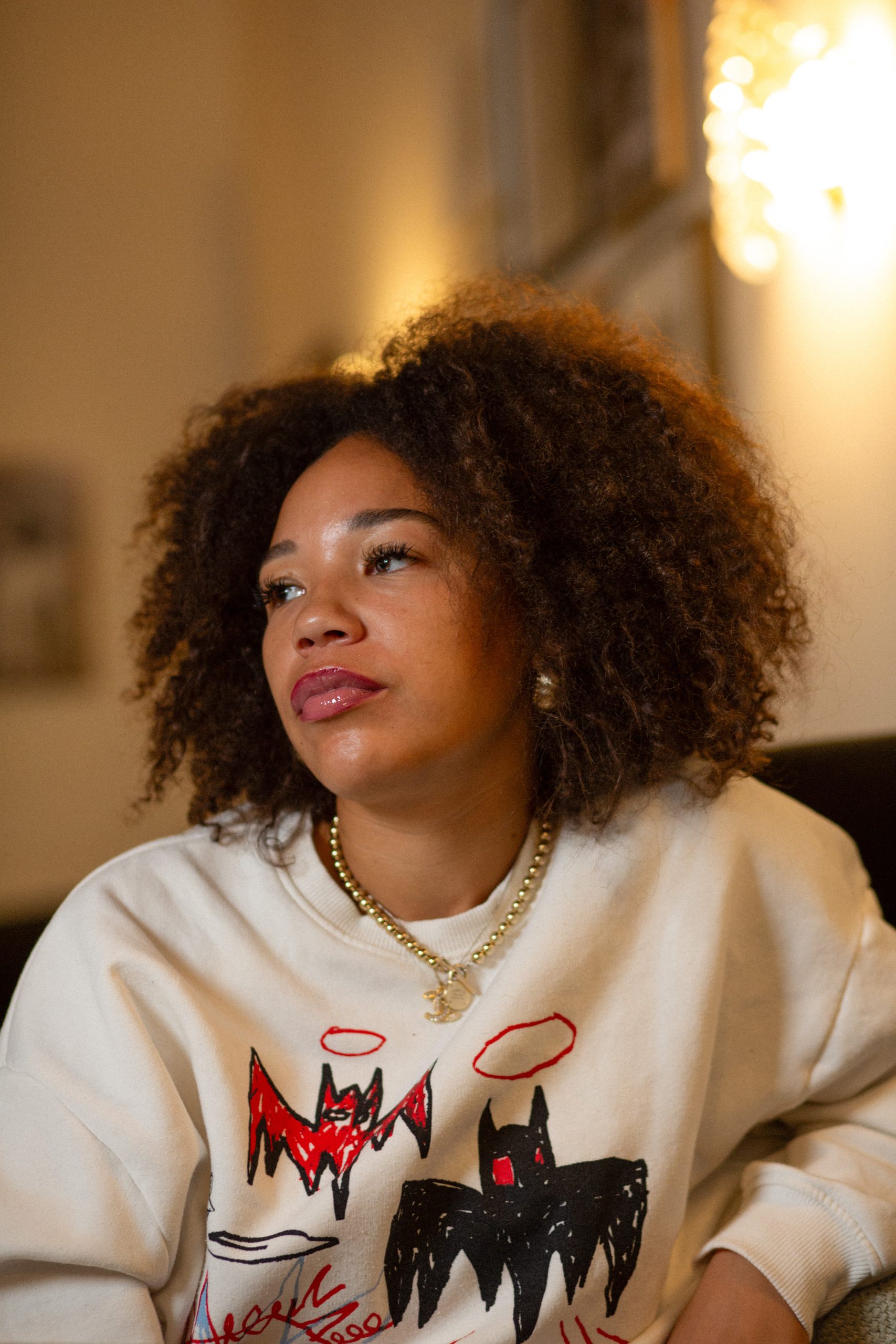 " alt="" data-parallax>
" alt="" data-parallax>
Alfiah Brown
Meet Alfiah Brown, the multidisciplinary creative on the power of storytelling to shape community.
Read